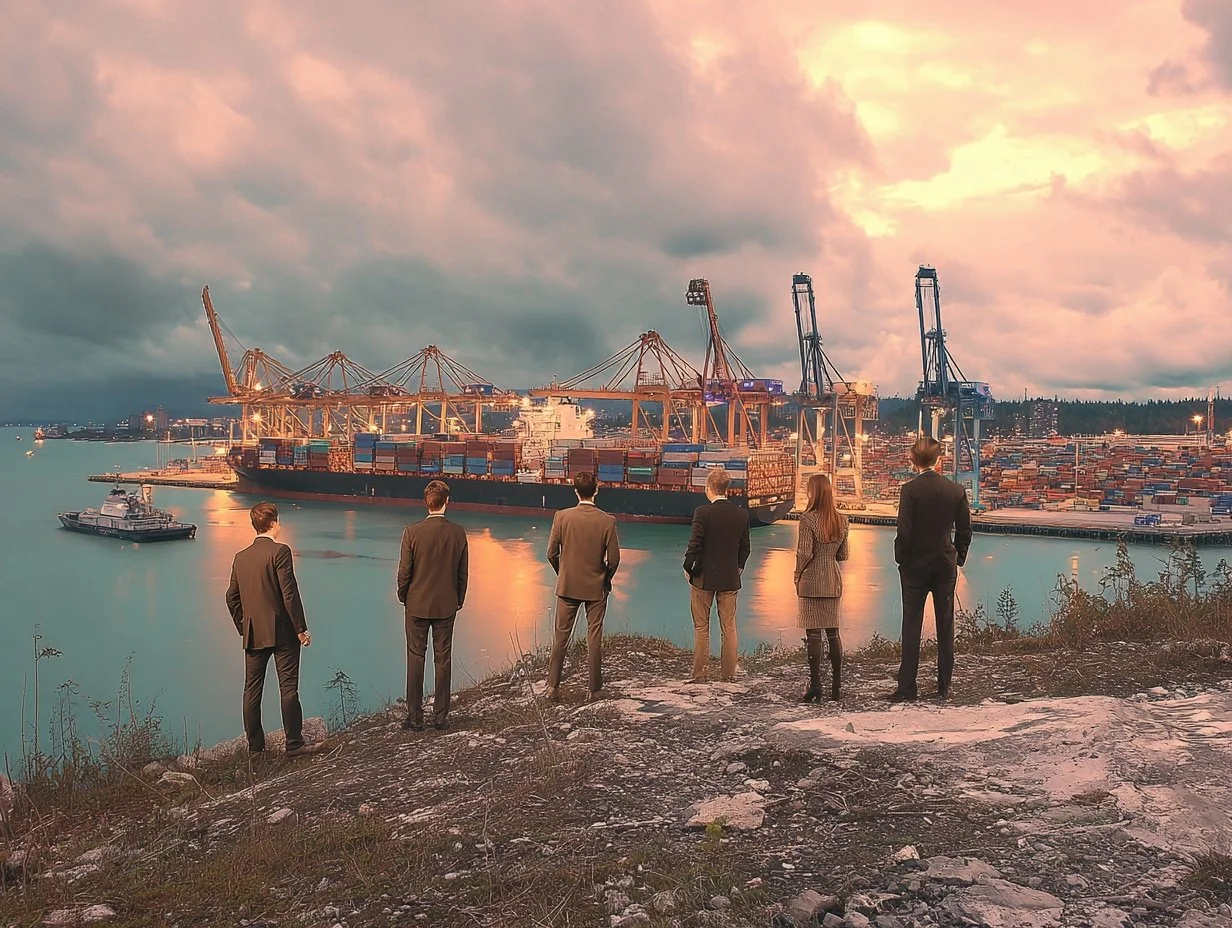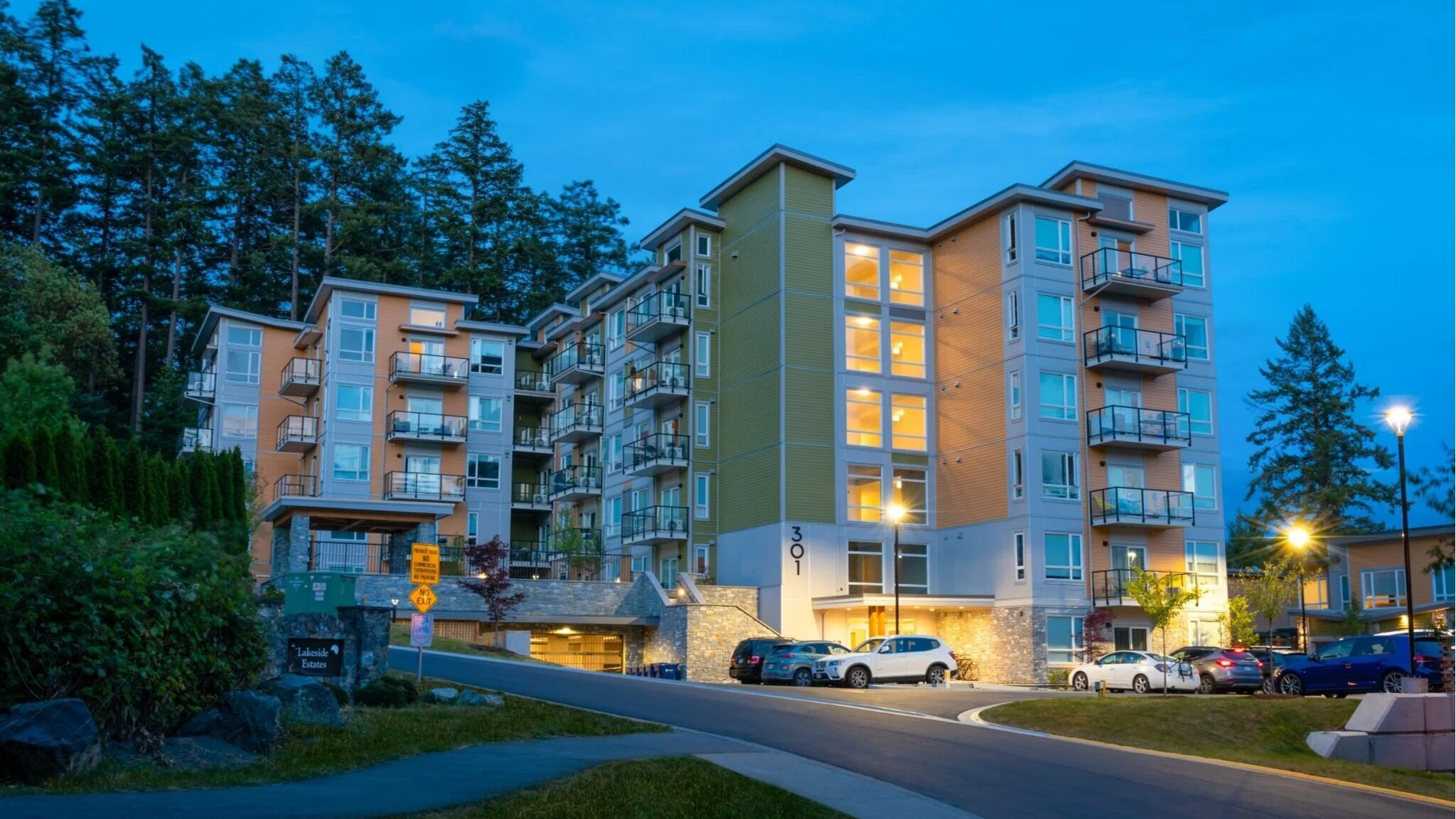tuesday topics: six updates shaping vancouver’s development landscape this week
Welcome to this week’s policy shifts, rezonings, and strategic takeaways—curated for landowners and builders who stay ahead.
Each week, Tuesday Topics delivers high-impact insights from Vancouver’s development landscape, with a sharp focus on what actually moves the needle for property owners and project teams. If you own land, build housing, or advise those who do, this is your five-minute edge.
rate cut odds plummet after strong labour report
The odds of a Bank of Canada rate cut on July 30 dropped sharply after hotter-than-expected June employment numbers. Bond markets now price in only a 13% chance of easing. For developers and landowners, this means financing remains expensive and “higher for longer” is the working assumption.
Expect reduced appetite for highly leveraged land purchases and greater pricing discipline across the board. Well-capitalized builders will retain a competitive edge while land sellers may need to temper expectations if they were anticipating a summer liquidity bump.
council approves eight rezonings and signals policy momentum
Vancouver City Council advanced eight site-specific rezonings last week, including projects at 2110 West 5th Ave, 45 East 16th Ave, and 1527 Main St. City-wide policy updates—including EV-charging regulations—were also referred to public hearing. The message is clear: this council is willing to approve well-prepared projects that align with existing plans.
With a pro-housing majority and city staff advancing files efficiently, the environment is unusually favourable for applicants. But this window won’t stay open indefinitely—municipal elections are just over a year away, and political priorities can shift. Landowners considering redevelopment should begin preparing their applications now to get in front of this council while the policy momentum is strong and predictable.
green building density bonus extended to 2030
The City has proposed extending the High-Performance Building incentive program to 2030, allowing additional floor area and height for projects meeting aggressive emissions targets.
For development-ready sites already engineered for Passive House or near-zero operational carbon, this move solidifies pro forma feasibility and may increase land value. DCL bylaw alignment is also in the works, meaning additional policy tailwinds for “green density” parcels over the next five years.
housing accelerator fund is moving permits faster
The Parliamentary Budget Officer released new data showing 230 municipalities have signed Housing Accelerator Fund (HAF) agreements, with Vancouver receiving $115 million. Across those municipalities, residential permits are up 31% over the 2018–2023 average.
This adds urgency to site planning. While many HAF projects are still early stage, the pipeline is real. Owners relying on scarcity to drive price appreciation may need to reassess their timing. Supply is coming—and faster than some expected. Scenario planning and agility are more important than ever.
laneway stratification could unlock residential zone values
A new council motion asks staff to study allowing fee-simple or strata subdivision of backyard suites and laneway homes that meet code. This could unlock resale opportunities on RS-zoned lots where secondary units already exist or are easily added.
If implemented, the policy would allow for separate ownership of multiple units on a single parcel—potentially transforming how developers and investors evaluate single-family land across the city. Expect growing interest in quiet infill lots with compliant ADUs.
rupert and renfrew plan unlocks towers and multiplex zones
The new Rupert and Renfrew Station Area Plan passed unanimously, laying out a 30-year vision that includes 45-storey towers near transit, six-storey apartment zones, and multiplex overlays across formerly low-density blocks.
City-initiated rezonings are coming, which means current C-1, I-2, and RT parcels may soon carry high-density residential designations. Landowners within 400 metres of either SkyTrain station should begin site strategy now—pricing shifts are already underway.
Detailed reviews and implications for landowners will follow on multifamily.ca. Subscribe to make sure you get the latest.
key takeaways for landowners and builders this week
Model with elevated borrowing costs. July rate relief is unlikely. Assume sustained cap rate pressure in your underwriting.
Prioritize entitled sites. Parcels with current or near-term density approvals will outperform in a cautious market.
Track laneway infill potential. RS lots with compliant laneway homes could become two-unit sales opportunities.
Monitor permit velocity. HAF-related supply could outpace expectations—stress test timelines and absorption.
Capture green density. Incentives for zero-emission buildings just became more valuable. Adjust FSR and DCLs accordingly.
See you next Tuesday with another round of market-smart insights.
For site-specific guidance, don’t hesitate to reach out.
-
Bank of Canada interest‑rate outlook
McAlinden, F. (2025, July 11). Hopes of BoC rate cut fade after strong jobs data. Mortgage Professionals Canada. Retrieved from https://www.mpamag.com/ca/mortgage-industry/market-updates/hopes-of-boc-rate-cut-fade-after-strong-jobs-data/542310
Reuters. (2025, July 11). Canada records surprise job gains, June unemployment rate edges down. Retrieved from https://www.reuters.com/sustainability/sustainable-finance-reporting/canadas-unemployment-rate-drops-69-economy-adds-83100-jobs-2025-07-11/
Reuters. (2025, July 15). Canada’s annual inflation rate increases to 1.9% in June. Retrieved from https://www.reuters.com/markets/us/view-canadas-annual-inflation-rate-increases-19-june-2025-07-15/
Rezonings approved by Vancouver City Council
City of Vancouver. (2025, July 7). Roundup of Business at City Council for the week of July 7, 2025. Retrieved from https://vancouver.ca/news-calendar/roundup-of-business-at-city-council-week-of-july-7-2025.aspx
City of Vancouver. (2025, July 9). Referral Report, CD‑1 Rezoning: 2110 West 5th Avenue. Retrieved from https://council.vancouver.ca/20250708/documents/rr1.pdf
City of Vancouver. (2025, July 7). 2110 W 5th Ave rezoning application. Shape Your City Vancouver. Retrieved from https://www.shapeyourcity.ca/2110-w-5-ave
City of Vancouver. (2025, July 7). 1527 Main St rezoning application. Shape Your City Vancouver. Retrieved from https://www.shapeyourcity.ca/1527-main-st
Green building density bonus (High‑Performance Building incentive)
City of Vancouver. (2025, July). High performance building standards. Retrieved from https://vancouver.ca/green-vancouver/high-performance-buildings.aspx
LinkedIn update. (2025, June). Vancouver green building staff propose Net‑Zero/Passivhaus update. Retrieved from https://www.linkedin.com/posts/bryn-davidson-23b2ba5_referral-report-planning-incentives-for-activity-7335391854974144512-qb8g
Housing Accelerator Fund progress
(While no direct link was provided for the specific PBO report in the article, HAF data is based on publicly available PBO documentation.)
Laneway/Backyard home stratification motion
CTV News. (2025, July 10). Vancouver explores subdividing laneway homes. Retrieved from https://www.ctvnews.ca/vancouver/article/vancouver-explores-subdividing-laneway-homes/
CityNews. (2025, July 9). Vancouver council to look at subdividing laneway homes. Retrieved from https://vancouver.citynews.ca/2025/07/09/vancouver-council-vote-on-analyzing-laneway-subdivision/
City of Vancouver. (2025, July 9). Opening Doors: Expanding Ownership Options for Laneway and Backyard Homes(Council Members’ Motion). Retrieved from https://council.vancouver.ca/20250709/documents/pspcmotion3.pdf
Rupert & Renfrew Station Area Plan
City of Vancouver. (2025, July 8). Vancouver approves Rupert and Renfrew Station Area Plan. Retrieved from https://vancouver.ca/news-calendar/rupert-and-renfrew-station-area-plan-approved-july-2025.aspx
BIV. (2025, July 14). Vancouver council approves Rupert, Renfrew station area plan. Business in Vancouver. Retrieved from https://www.biv.com/news/economy-law-politics/vancouver-council-approves-rupert-renfrew-station-area-plan-10942937
City of Vancouver. (2025, July). Rupert and Renfrew Station Area Plan. Retrieved from https://vancouver.ca/home-property-development/rupert-and-renfrew-station-area-plan.aspx
















